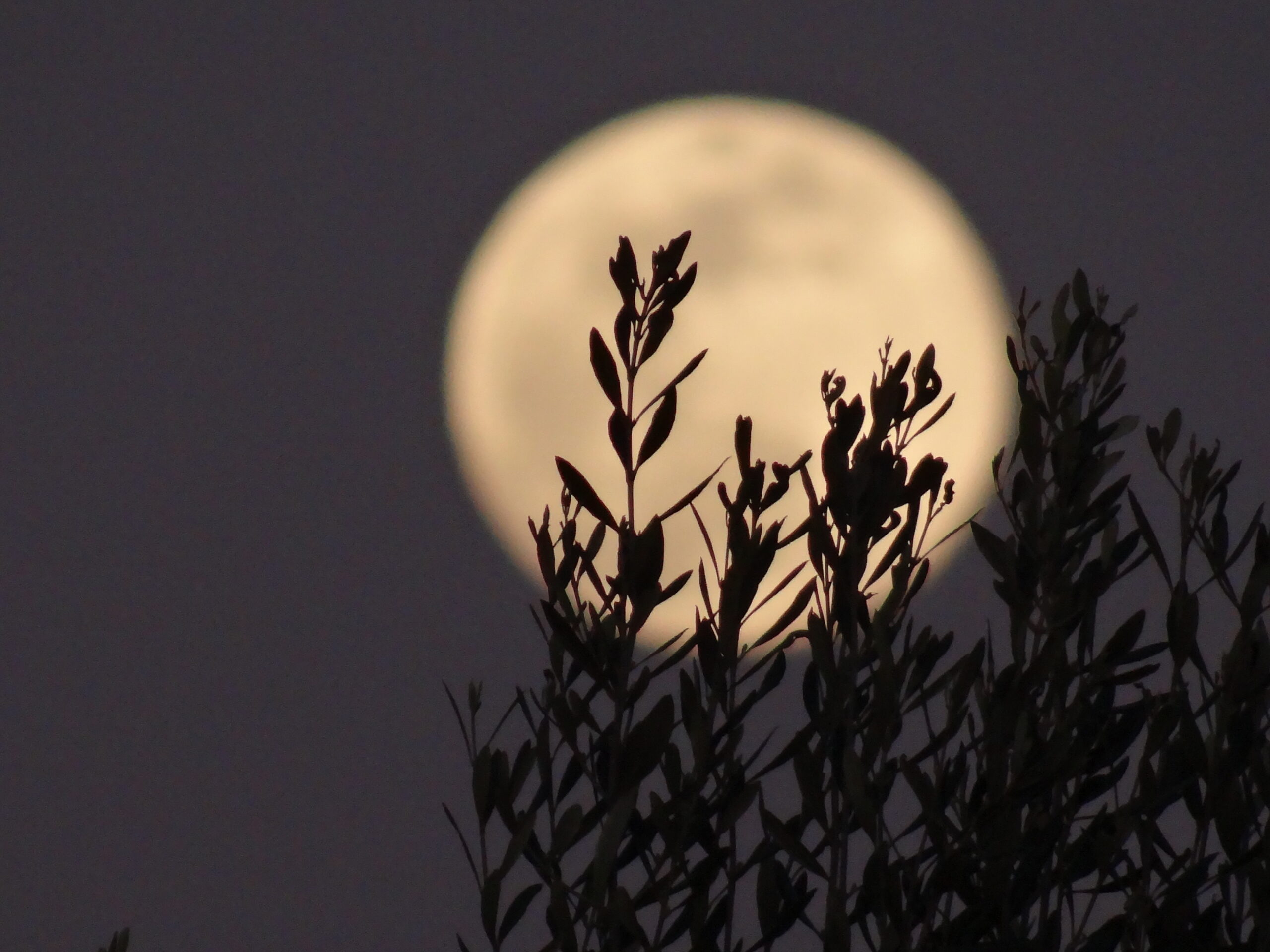Puglia’s history is closely linked to its landscape, as are its myths and legends.
Gargano, the northernmost section of Puglia and the spur of Italy’s boot, is a land of rugged cliffs and ancient forests. A dramatic mountainous promontory rising 3,400 feet above sea level and covering an area of 2,015 square km (778 square miles). Renowned for its picturesque seaside towns, breathtaking coastal views, turquoise waters, and historic pilgrimage sites, like the Sanctuary of Monte Sant’Angelo, a UNESCO World Heritage site.
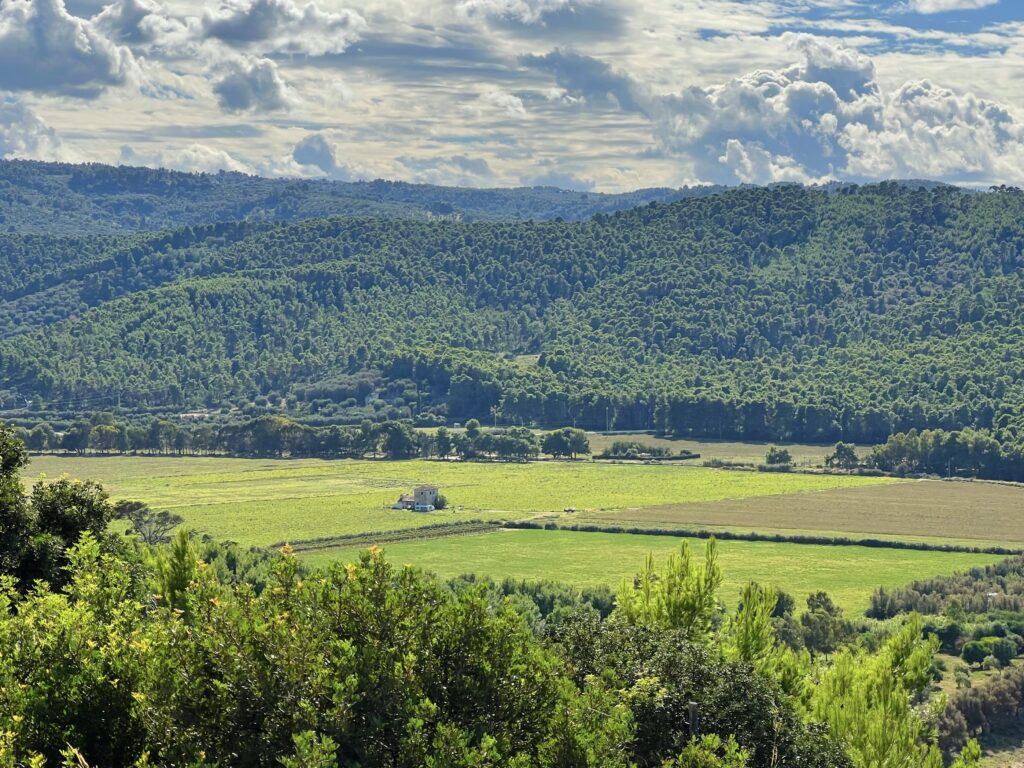
All of which is in contrast with its interior. Dense, shadowy forests, including the prehistoric Foresta Umbra, create an otherworldly atmosphere, emphasising Gargano’s geographic isolation from the rest of our region.
Gargano’s wild beauty, combined with its turbulent winds – feared even by the Roman poet Horace – has long inspired a sense of the supernatural. “Spring hesitates to smile upon these chill uplands,” as one writer once put it, on a landscape where ancient deities, witches, and saints all left their mark.
Folklore and Superstition
In Gargano superstitions are hard to shake off. Echoes of old beliefs remain: fear of the malocchio (evil eye) and the ominous hoot of an owl, thought to foretell death. Even Padre Pio, one of modern Puglia’s most venerated saints (he died in 1968), warned of the demons that blackened the skies over Gargano’s San Giovanni Rotondo.
The thick canopy of ancient oaks and beech trees, coupled with the mist that frequently rolls through the valleys, creates a foreboding atmosphere. It is easy to imagine how Gargano’s shadowy woods might inspire stories of strange, supernatural creatures lurking within the moonlit forest. Like the lupi mannari, werewolves of the Gargano.
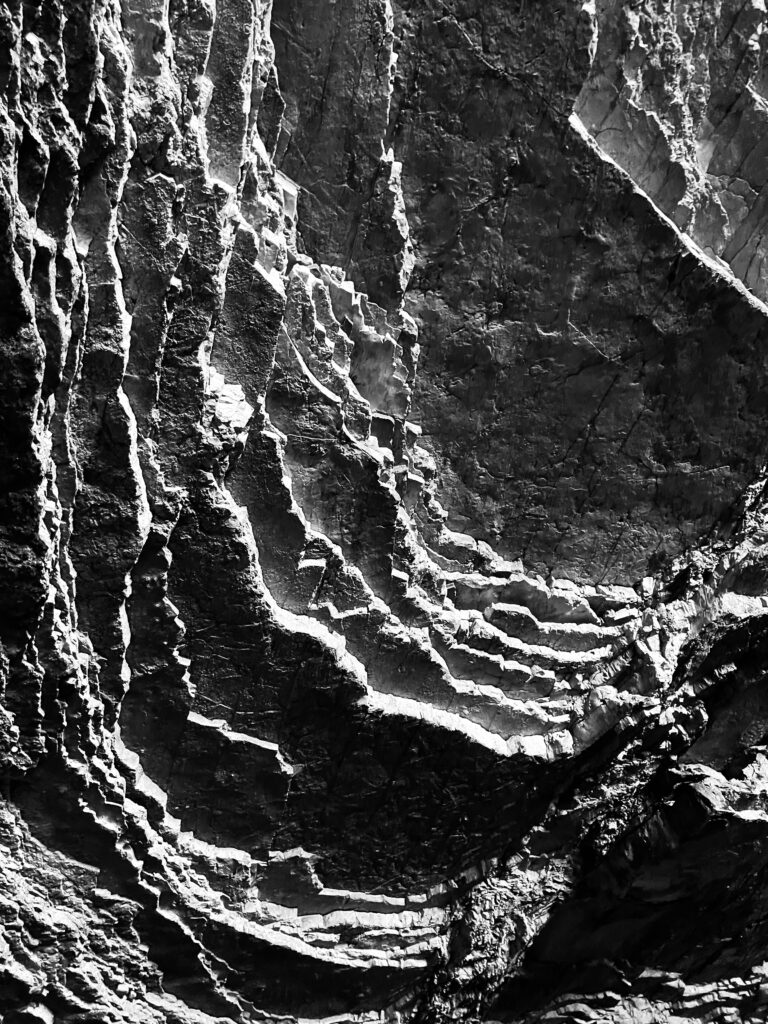
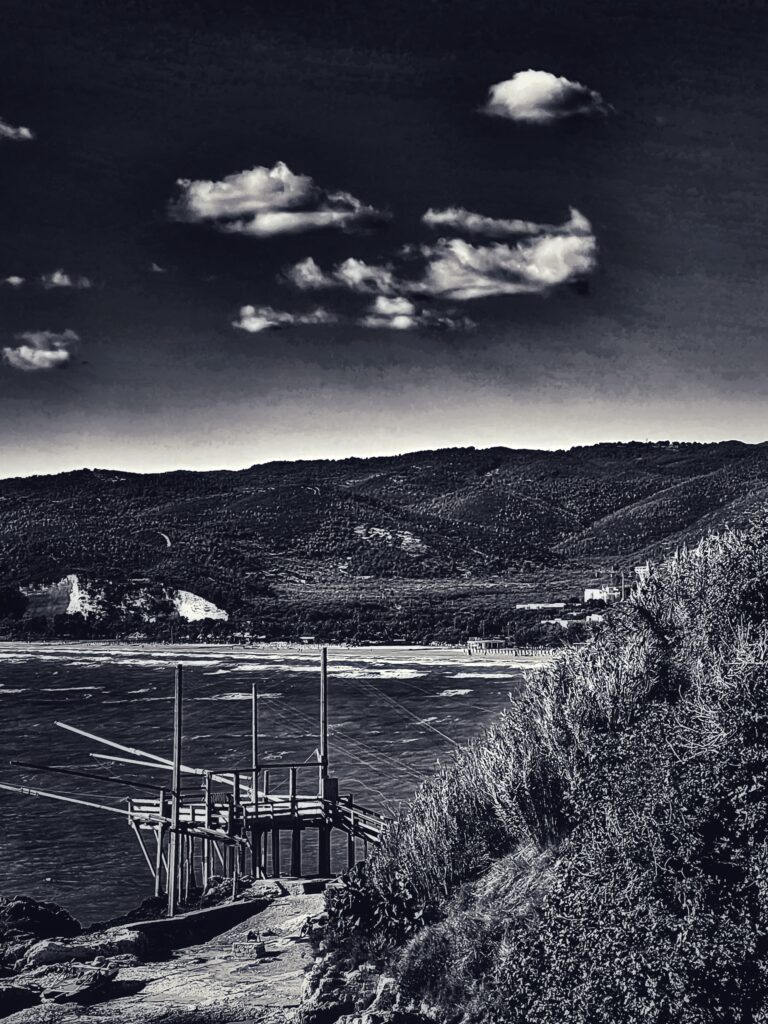
Lycaon and the Roots of Lycanthropy
The myth of the Gargano werewolves has ancient origins, tracing back to Greek legend. Although the Illyrians were the likely ancestors of Gargano’s first inhabitants, folklore claims the region was settled by three fugitive sons of Lycaon, King of Arcadia – Daunus, Peucetius, and Iapyx. Lycaon, infamous for offering Zeus a gruesome meal of human flesh, was punished by being transformed into a wolf. Only these three sons escaped, and one, Peucetius, is said to have sailed across the Adriatic, settling in Puglia and bringing with him his father’s lupine curse.
From these mythical beginnings, the belief in lycanthropy – men transforming into wolves – spread throughout the wilderness of Gargano. Even in the 20th century, tales of werewolves roaming its dense forests and wild glens were common, reflecting the harshness and mystery of the land itself.
A Land Shaped by Superstition
In medieval Puglia, werewolves were considered the embodiment of demons. Tradition held that boys born on Christmas Eve risked being cursed for their audacity in sharing Christ’s birth date. To break the curse, some fathers would shout from the rooftops, declaring the birth of a stregone (sorcerer), while others resorted to darker rituals, such as crossing the infant’s feet with burning embers.
If the curse took hold, only a daring act – such as wounding the werewolf and drawing blood from its forehead – could break the spell. Such beliefs existed beyond the Gargano. In Bitonto, the Torre del Lupomino (Tower of the Werewolf) stands as a reminder of these chilling beliefs. Locals claim it was once home to a werewolf, perhaps even a descendant of Lycaon himself.
Puglia’s Werewolves of Today
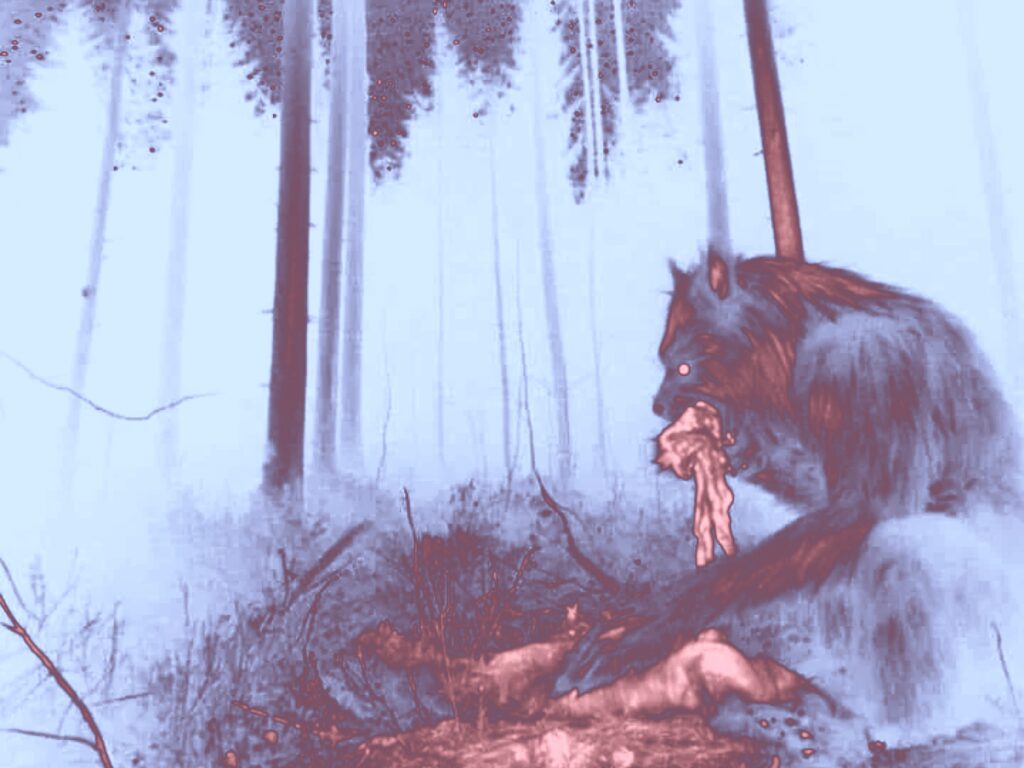
Though wolves have vanished from Gargano’s forests, the tales of werewolves endure in the oral traditions of the region. Elsewhere, Puglia’s wolf-man legends are whispered in hushed conversations. Old men in Bitonto still recount stories of u lupomn, encounters with the werewolf in the olive groves. Some even claim to have heard their eerie howls during their youth.
For travellers, exploring the Gargano offers a journey into a land where myth and reality blur. Walk the trails of the Foresta Umbra at twilight. But never on the night of a full moon.
If you go searching for them, you can still hear tales of lupi mannari. For in Gargano the spirit of the werewolf lingers, a reminder of a time when the wild and the supernatural were inseparable, and the line between man and beast was dangerously thin.
Even a man who is pure in heart And says his prayers by night May become a wolf When the wolfbane blooms And the full moon is bright.
More legends from Gargano | Cristalda and Pizzomunno

